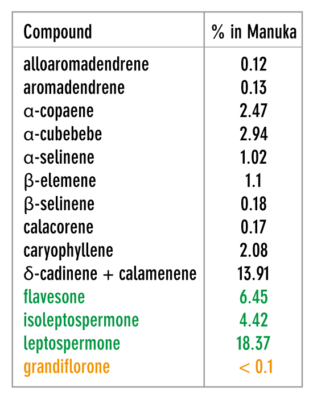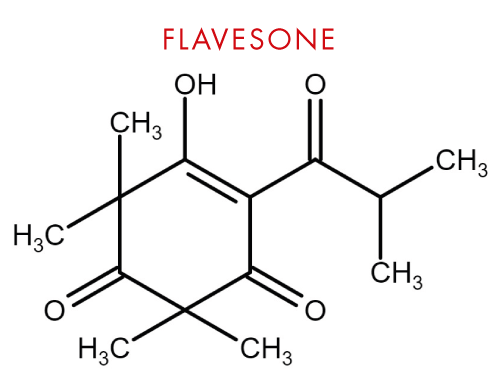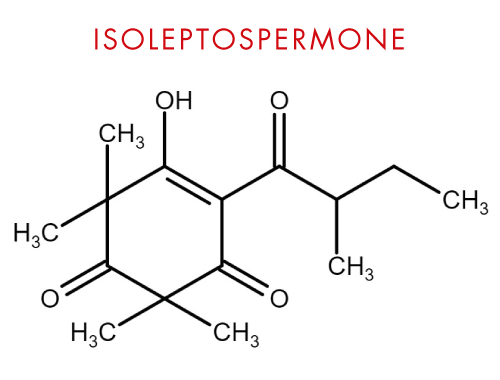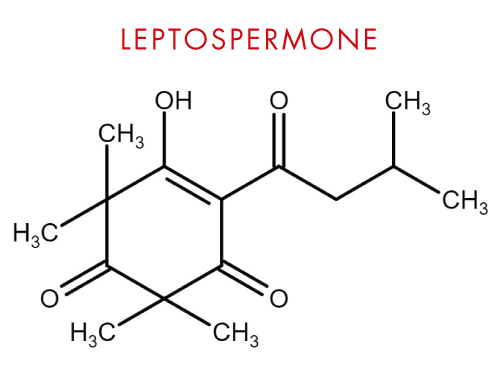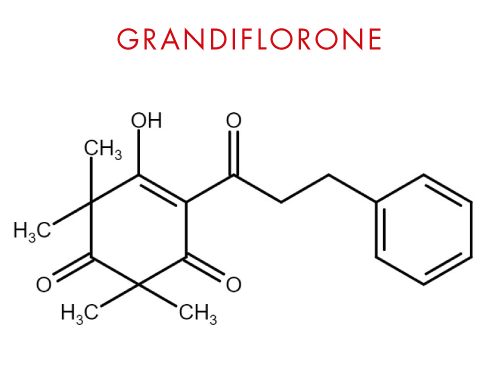DIFFERENCES BETWEEN MANUKA, KANUKA, AND GENERIC TEA TREE OIL
Manuka comes from the same genus as other tea tree plants and it is important to note that the term ‘tea tree’ actually refers to several different species within the Myrtaceae family. However, studies have shown manuka oil to be more effective against gram positive bacteria compared to other tea tree essential oils. This is the key difference which makes manuka oil a preferred choice for pharmaceutical applications. *
In contrast, standard tea tree oils have a stronger odour due to higher levels of monoterpenes, while manuka oil has a more subtle fragrance as it contains lower levels of these compounds.
Kanuka, a member of the Myrtaceae family like manuka, has been found to possess anti-inflammatory properties similar to manuka oil. However, the primary difference lies in the absence of β-triketones in kanuka essential oil.
When considering the benefits of essential oils, it is crucial to understand the variations in properties and composition. Our products at Koha are carefully formulated to ensure the highest quality and efficacy for our customers.
* Christoph, F. et al., (2000), A comparative study of the in vitro antimicrobial activity of tea tree oils with special reference to the activity of β-triketones, Plantamed (66), 556-560 https://www.ncbi.nlm.nih.gov/pubmed/10985085
